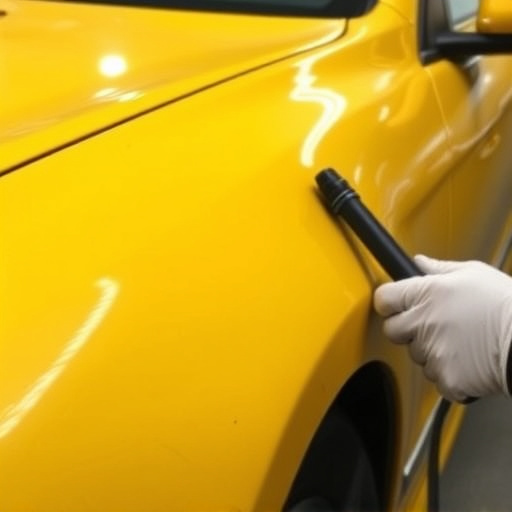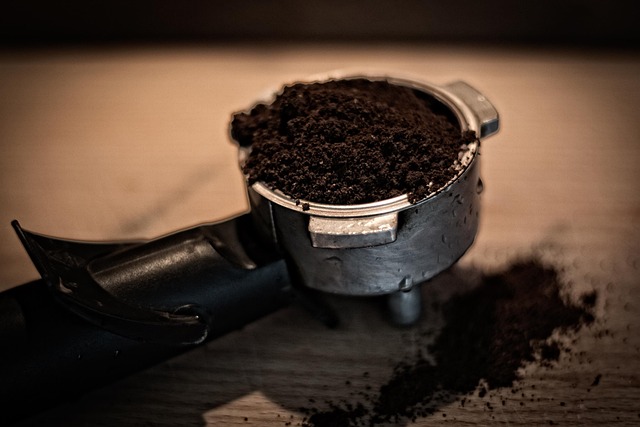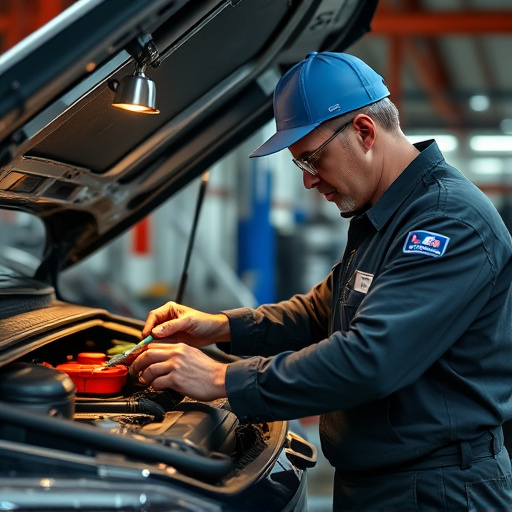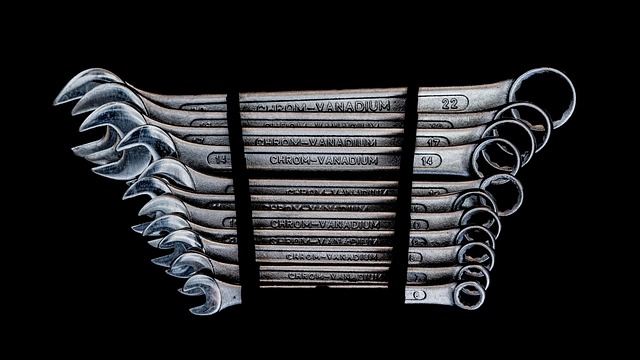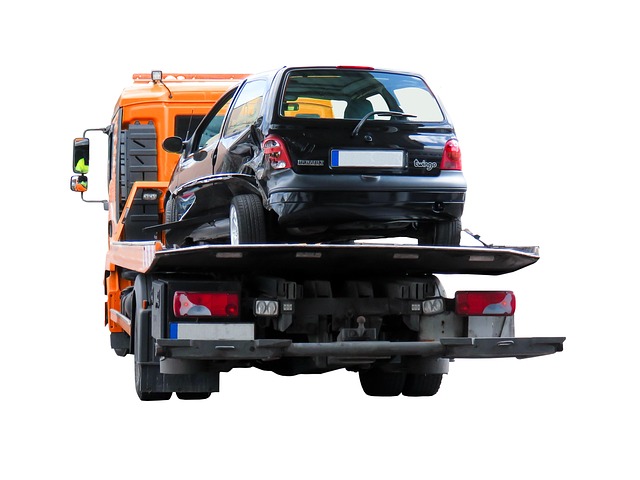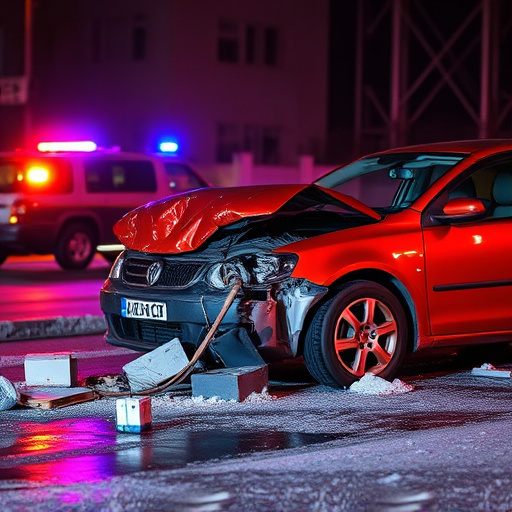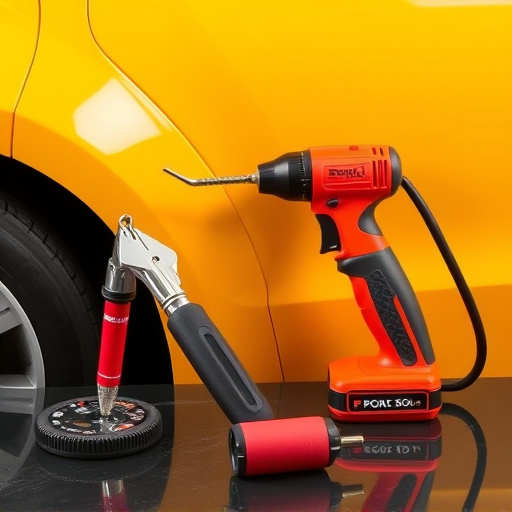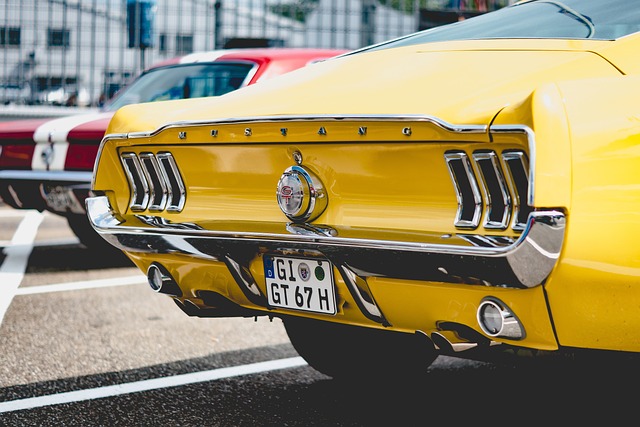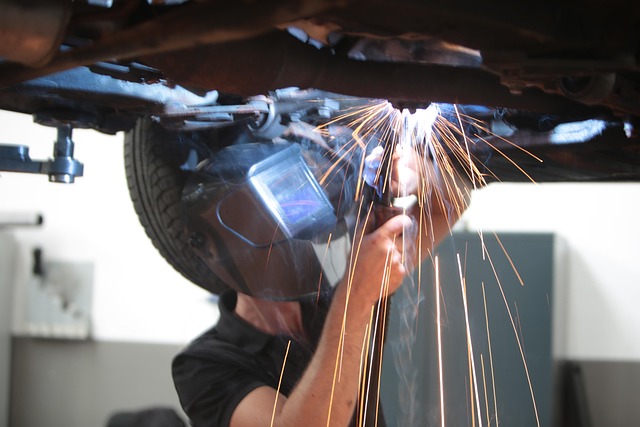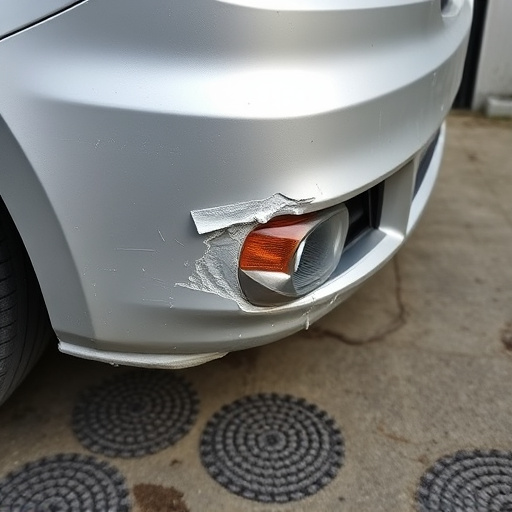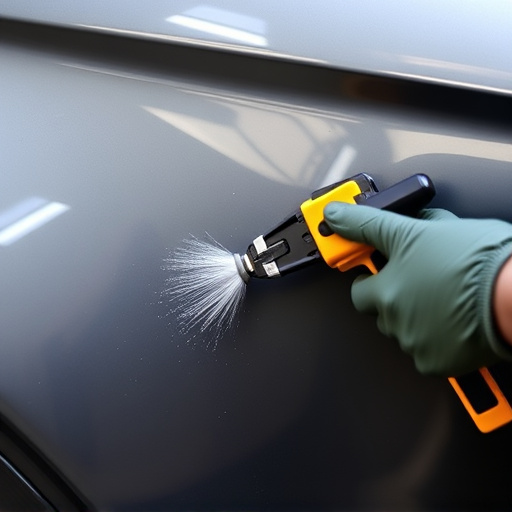Accurate damage assessment is key in auto paint repair, often overlooked by amateurs leading to costly mistakes. While DIY repairs for minor scratches and swirls are feasible, deeper issues like dents or rust require professional intervention. Misdiagnosis can result in inappropriate techniques, causing future peeling or flaking. Car owners should thoroughly assess damage and consult experienced services for significant auto paint repairs to ensure a seamless, durable outcome.
Auto paint repairs can be a tricky business, with even the most experienced drivers making costly mistakes. This comprehensive guide aims to equip you with the knowledge to avoid common pitfalls. From misdiagnosing damage, choosing the wrong tools or materials, to overlooking crucial preparation steps, we’ll break down the essential aspects of auto paint repair. By understanding these mistakes and their impact, you can ensure a seamless, long-lasting finish for your vehicle.
- Assessing Damage: Misdiagnosis and Its Impact
- – Recognizing surface vs. deeper damage
- – Common misjudgments in assessing paint issues
Assessing Damage: Misdiagnosis and Its Impact
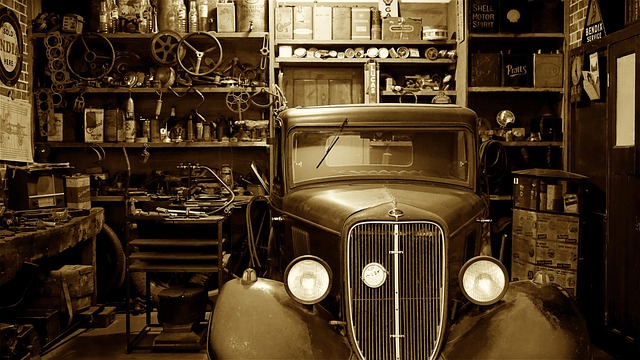
When it comes to auto paint repair, assessing the damage accurately is the first step towards a successful restoration. Many vehicle owners make the mistake of attempting to fix minor issues themselves, often with costly consequences. A misdiagnosis can lead to inadequate repairs, causing further damage and an uneven finish. For instance, what seems like a simple dent might actually involve damaged panels that require replacement, or a small scratch could indicate a deeper issue with the paint job.
This misstep not only wastes time and money but also affects the overall quality of auto body painting. Professional auto repair services have the expertise to accurately assess vehicle bodywork, identifying subtle nuances that may be overlooked by amateurs. They understand that proper preparation and diagnosis are crucial for achieving a seamless and durable finish, ensuring your vehicle looks as good as new.
– Recognizing surface vs. deeper damage
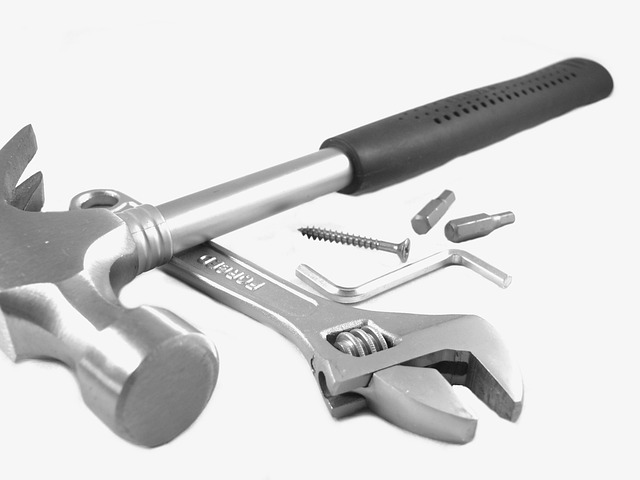
When addressing auto paint repairs, it’s crucial to differentiate between surface-level issues and deeper structural damage. Many beginners often mistake minor scratches or swirls on the exterior for more significant problems. These surface defects can usually be rectified with a simple polish or wax application during an auto body work session. However, if the damage extends deeper, involving dents, cracks, or rust, it signals a more complex issue requiring expert intervention.
Proper diagnosis is key to effective auto painting. A close inspection might reveal that what appears to be a shallow scratch is, in fact, a result of a previous vehicle collision repair that left an underlying layer of damage. Such hidden problems can compromise the integrity of the paint job and lead to future issues like peeling or flaking. Therefore, taking the time to assess thoroughly will ensure that only the necessary auto painting techniques are employed, saving time, money, and preventing further complications in the long run.
– Common misjudgments in assessing paint issues

Many car owners try to tackle auto paint repair themselves, but common misjudgments often lead to subpar results and further damage. One of the biggest mistakes is assuming that a chip or scratch is minor and won’t impact the overall look. Even small imperfections can become noticeable after repair if not assessed correctly. It’s crucial to thoroughly inspect the paint job and consider the extent of the damage, as what seems like a simple fix might require more extensive auto paint repair than anticipated.
Another common pitfall is using the wrong tools or techniques, especially for more complex repairs. Attempting a professional-level fix without proper equipment can result in an uneven finish, bubbles, or other defects. Car owners should understand their capabilities and consult experienced auto bodywork services when dealing with significant vehicle paint repair to ensure a seamless and durable outcome.
When it comes to auto paint repair, avoiding common mistakes is essential for achieving a professional and long-lasting result. By understanding the difference between surface and deeper damage, as well as being aware of potential misjudgments, you can ensure your vehicle receives the care it deserves. Remember, proper assessment is key to successful auto paint repair, so take your time and seek expert advice when needed.
